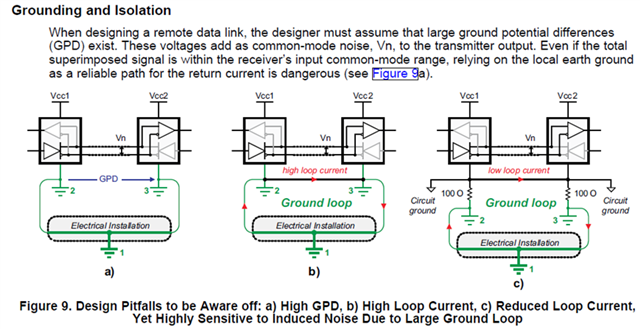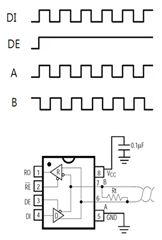Tool/software:
Hello experts,
My customer has a few questions on RS-485, could you please share your feedback on below inquiries?
Thank you in advance for your support.
1. Do we have any design guide or materials that cover below topic in more detail?

2. Assuming that there's no termination resistor,
2-A. Is Vpk-pk of pulses A & B same as Vcc?
2-B. Does differential voltage A-B swing from -Vcc to +Vcc?
From datasheet, I would think these would not be the case, but I do not quite understand why...

Thank you.

